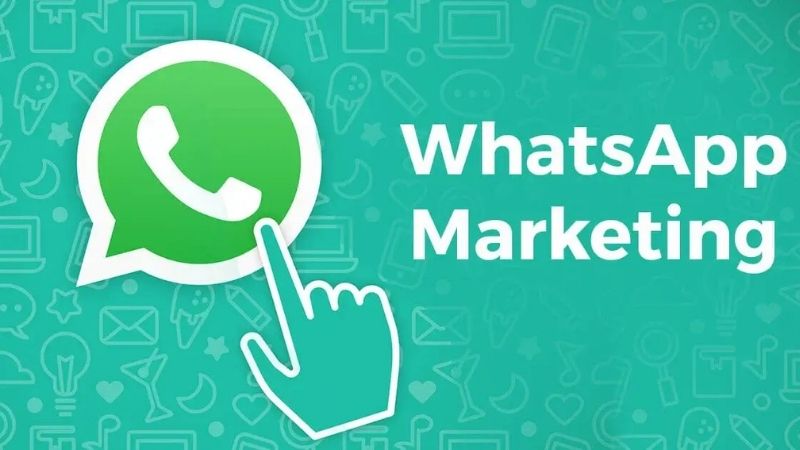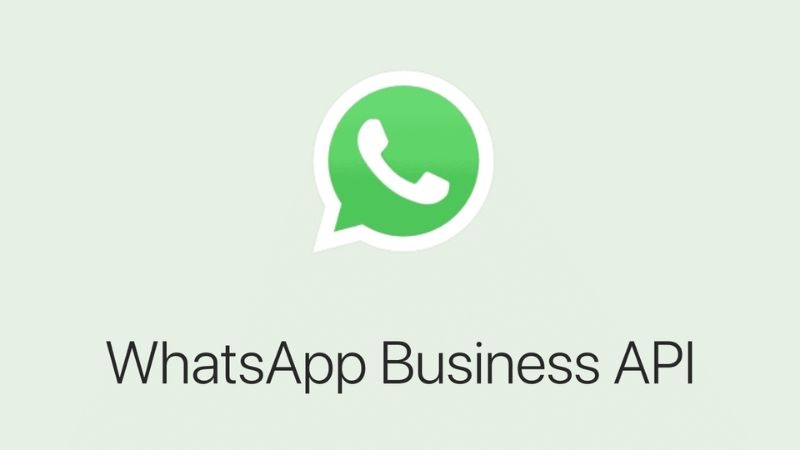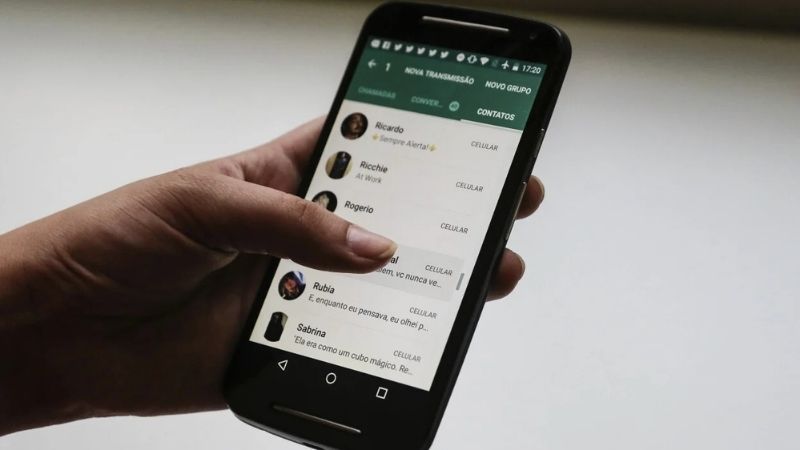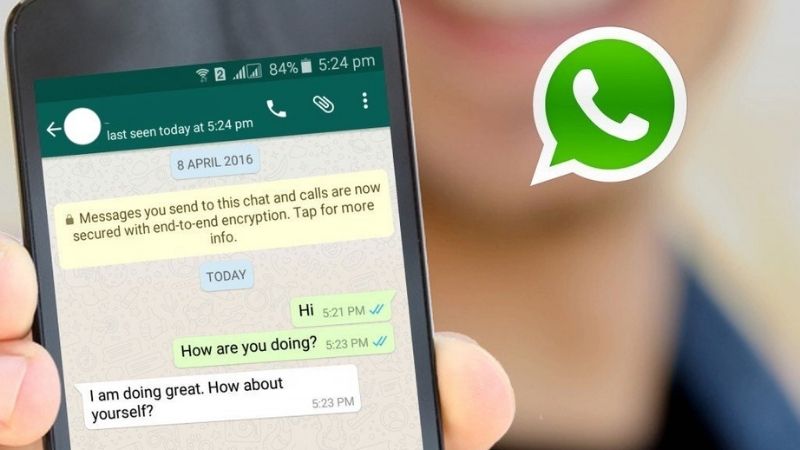How do I automate WhatsApp marketing?

Let's be honest: We all enter WhatsApp many times a day. A notification sound, a message, and our hands are instantly on the phone. Such a personal and instant medium holds incredible potential for marketers. But who has the time to write to hundreds, even thousands of customers one by one, "Hello, how are you?" This is where the famous question that two out of every three brands that come to our agency ask: How do I automate WhatsApp marketing? Asking this question actually shows that you have moved on to the next stage of growing your business. Because automation, contrary to what you think, is not talking to customers like a robot, but the key to establishing a more personal and timely connection with them than you have ever established before. When done right, this is no longer just a marketing tactic, it becomes the art of the real customer experience.
First of all: Go to War with the Right Equipment

When it comes to WhatsApp automation, the first thing that comes to mind for most people is sending mass messages to everyone on their list from the standard WhatsApp Business account. Please don't do this. This is the most guaranteed and shortest way to get your brand's number blocked. If you want to set up real, professional, and effective automation, your playground should be the official WhatsApp Business API. Don't be intimidated by the technical terms. The API is, in its simplest form, like a key that allows you to use the back door of WhatsApp "with official permission". Without this key, you just knock on the door. But with the key, you can get in and offer special treats to your guests (customers). In other words, you can only do magic touches like sending an automatic welcome message when someone new joins your site or gently reminding someone who has forgotten their cart with this API.
So, how will you use this API key? Of course, you don't need to write code. There are dozens of platforms on the market that are designed for this purpose and talk to the API on your behalf. These platforms offer you a control panel. You can write your messages from here, set who they will be sent to, and when. Focusing only on price when making a choice would be a big mistake. A cosmetics brand we recently provided consultancy to was unable to segment its customers because it chose the cheapest platform. The result? It served no purpose other than annoying a customer who had previously only bought men's perfume by sending them the new lipstick campaign. Therefore, you should first consider how easy the tool you will choose is to use, whether it can talk to your e-commerce site, and most importantly, whether it will be enough for you when your business grows. Sometimes, paying a little more up front can save you from major headaches in the future.
In short, the foundation of this business is choosing a solid technological partner. Don't rush this step. Try a few different services, ask for demos, and read user comments. Because the more solid this foundation is, on which you will build your entire communication strategy, the higher you can climb. Remember, the goal is not just to send messages, but to send smart, data-driven, and effective messages. The right platform gives you that intelligence and power.
The Art of Creating "Personalized", Not "Automatic" Messages

Okay, the technical infrastructure is ready. Now we come to the most enjoyable but most thought-provoking part of the job: What will we write? The word automation sounds a bit cold, I admit. As if robots will talk and everyone will get the same text... If you do that, all your investment will be in vain. The real secret is to use automation as a lever for personalization. Using the data you have, you can make each customer feel as if the message was written specifically for them. Using the customer's name is now a standard, we're getting past that. But what about referencing a product they've bought before? Or sending a small discount coupon on their birthday? These are those small but valuable details that strengthen the relationship.
One of the most effective automations is definitely abandoned cart messages. Think about it, a customer really liked a product, added it to their cart, but something happened right at the checkout step, and they left the site. Maybe the doorbell rang, or maybe her child cried. A sincere message like "Hello Emily, that wonderful dress in your cart is waiting for you. If you have any questions, I'm just a message away :)" that arrives on your WhatsApp an hour later is worth its weight in gold to save that sale. There are dozens of scenarios like this: Notification when the order is shipped, asking "Are you satisfied?" a few days after the product is delivered, a special "welcome to us" discount for new members... Each one is a touchpoint that makes your brand feel like it's by your customer's side. And believe me, these touches are directly reflected in your sales figures.
We did a great job with a customer who sells furniture the other day. The customer added a desk to his cart and left, and the next day, right at lunchtime, we sent him a message saying, "That walnut desk you were looking at yesterday is ready to host your new ideas. Don't worry about setting it up, it's incredibly easy!" Our addition of the word ‘setup’ was an A/B test result, and we found that it was people’s biggest concern. The result? We saw a 20%+ increase in our bounce rate from abandoned carts. The keyword here is empathy. Copywritten with the customer in mind for what they might feel and need works better than even the most complex algorithms. Test constantly, play with words, and gauge your customers’ reactions.
The Most Critical Rule: Ask for Permission, Respect It, and Leave the Exit Door Open

Now we come to the most important, most sensitive, and most overlooked topic: Permission and privacy. WhatsApp is like someone’s living room. You can’t just barge in without knocking on the door. Before you can send someone a commercial message, they must have told you, “Yes, you can text me on WhatsApp.” We call this “opt-in,” or explicit consent. You can get this permission through a checkbox on your website, by entering a contest, or in exchange for a discount code. But never send messages to lists you’ve found online, purchased, or collected from somewhere else without permission. This can mean your brand being labeled as “spam,” your customers’ eyes, and even serious penalties under laws like the KVKK.
If asking for permission is one half of the equation, the other half is respecting the right to opt out. When a customer no longer wants to receive messages from you, you should make this process as easy as possible. A simple instruction like "If you don't want our messages, just write 'CANCEL'" at the end of your messages will increase trust in you. Because a user who feels in control will not be bothered by your brand. And when a user writes "CANCEL", your system should instantly detect this and automatically remove that person from the list. Trying to manage this process manually can lead to a major crisis if an employee misses it. Remember, you have to respect someone who opens up their most personal space to you.
WhatsApp automation is a tremendous power. But like any power, it comes with great responsibility. Comply with the law, don't fill your customers' inboxes with unnecessary messages, always focus on providing value, and remember that privacy is sacred. If you use technology not by shouting like a megaphone, but by using it in a personal and effective way, like a whisper, WhatsApp will become a platform for you to gain the most loyal customers. The secret lies in using technology like a human being.